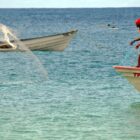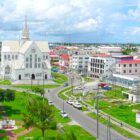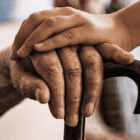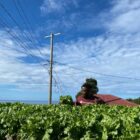Ripple Effect: A Comparative Study of Male Suicide in Trinidad and Tobago, Barbados, and Guyana – Part I
|
When he was asked what was being done to address male suicide in Trinidad and Tobago, the Minister of Health, Terrence Deyalsingh, said that recently the health ministry had signed a Memorandum of Understanding with the University of the West Indies (UWI) and UNICEF to establish a mental health chatline dedicated only to adolescents and youth. For those in their 30s, and 60 years and over, the national suicidal hotline among other resources would be there to assist. But for 24-year-old, Charran Prem Tom, who’d sought out mental health assistance, it had proven not enough. One of his close friends, Michael (who did not provide his last name), said Charran was depressed for a long time, yet had a smile and laughter capable of lighting up entire rooms. Charran worked as an AC technician and enjoyed going to the gym. Nine years ago in secondary school, Michael met Charran in Form 4 where they became good friends not long after.
















